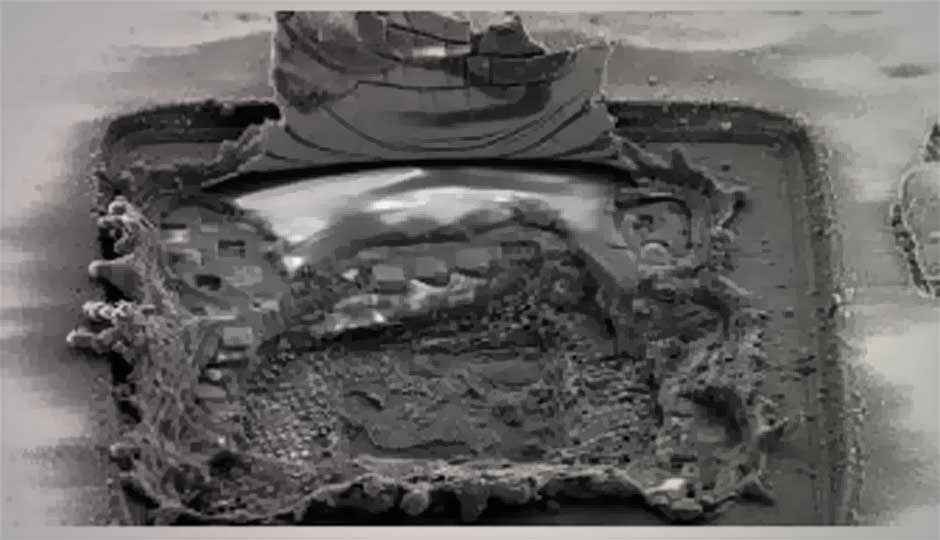Caltech researchers develop ‘indestructible self-healing circuits’

Everyday, hordes of geniuses work hard at realizing the fantasies of the average man. Today, a team at Caltech announced self-healing chips, which do exactly what you think they do, continue ticking even after taking repeated damage.
Imagine a world where your electronics continue to work even after getting fried. Imagine having your phone drop in a pot full of water and despite getting soaked inside out, it continues to function as normal. That’s the sort of witchcraft brought on by self-healing chips, a figment of many a fantasies, but the researchers at Caltech have made it a reality.
The science here works something like magic, but isn’t quite the wizardry we might be hoping for. It’s not like the circuitry starts to grow back like vines, remaking all the connections, or uses nanotechnology to actually repair damage. The science of it all lies in the prototype power amplifier chip that has a dedicated circuit and sensors that can change actuators in microseconds if there’s damage, re-optimizing the connections on the spot. So even if the circuit takes a hit, this power amplifier re-routes the power using another channel. This re-alignment of power also helps the chips maintain a reduced rate of consumption by accounting for any spikes in voltage.
The concept of re-routing the circuits, or reoptimization, does imply that there will be drop in theoretical performance of the IC, as the damage to the chip remains. So while the new tech does manage to bypass faults caused by damage, there is no healing of the faults or dead circuits – perhaps ‘indestructible self-healing circuits,’ what the Caltech team is calling the technology, are terms that cannot really be used.
“It was incredible the first time the system kicked in and healed itself. It felt like we were witnessing the next step in the evolution of integrated circuits,” says Ali Hajimiri, the Thomas G. Myers Professor of Electrical Engineering at Caltech. “We had literally just blasted half the amplifier and vaporized many of its components, such as transistors, and it was able to recover to nearly its ideal performance.”
The power amplifier’s brain does not operate based on algorithms that know how to respond to every possible scenario, and instead, draws conclusions based on the aggregate response of the sensors. “You tell the chip the results you want and let it figure out how to produce those results,” says Steven Bowers, a graduate student in Hajimiri’s lab at Caltech and lead author of the new paper. “The challenge is that there are more than 100,000 transistors on each chip. We don’t know all of the different things that might go wrong, and wedon’t need to. We have designed the system in a general enough way that it finds the optimum state for all of the actuators in any situation without external intervention.”
Currently, Caltech has managed to find use of these chips in communication and imaging fields, but given enough time and funding, we don’t see how these chips couldn’t become mainstream. Self-healing chips in home appliances, consoles and pretty much any device that plugs into an AC outlet would be of great benefit. Of course, the military applications with multiple redundancy systems are more obvious in the short term.
If the technology does hit the mainstream, there’ll be no more worrying about replacing your expensive LED TV just because one circuit on the inside got fried due to a power spike. But most of all, we feel that our cellphones and tablets would gain the most from these chips, as we wouldn’t have to worry about water damage!
Source: Engadget
